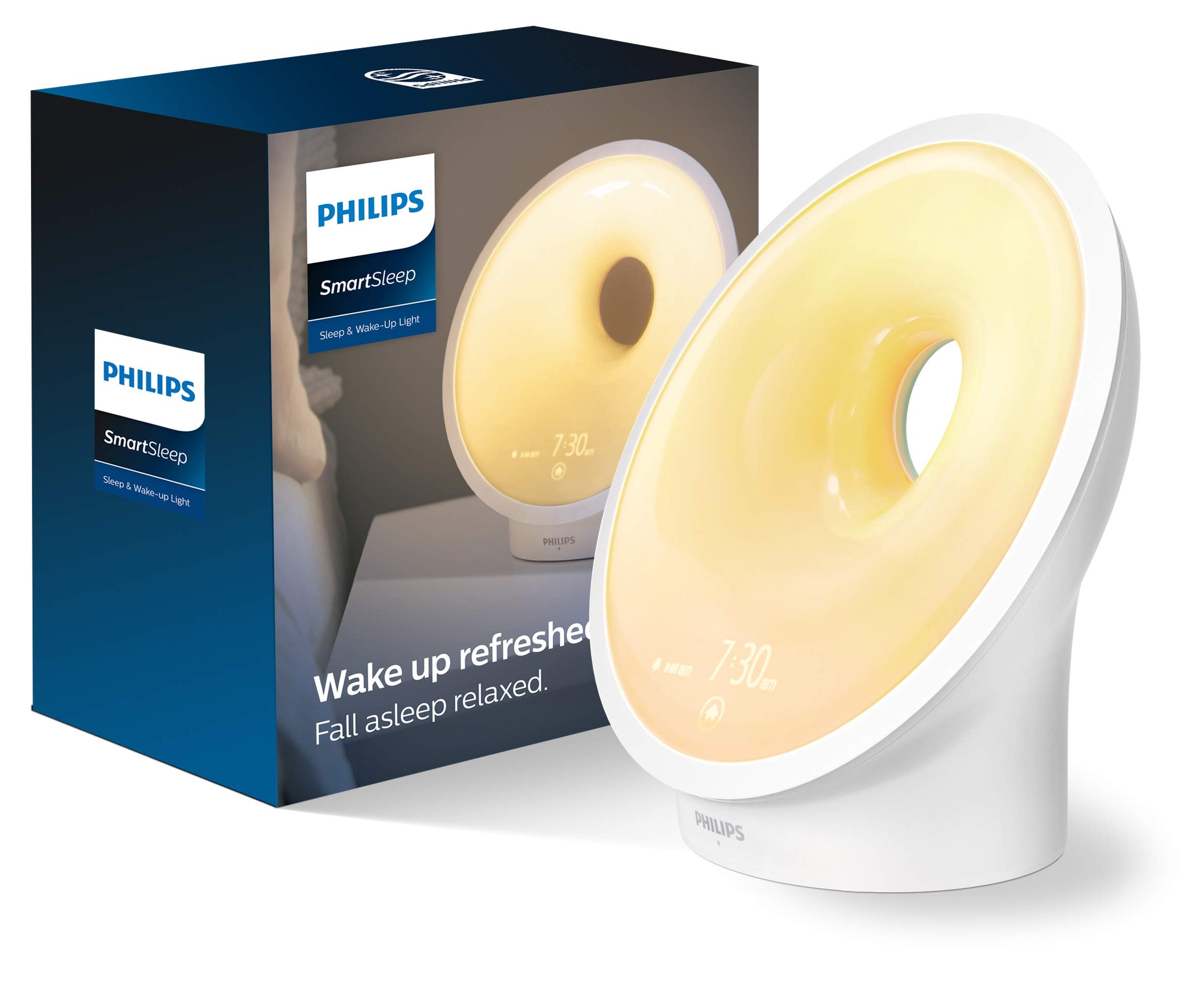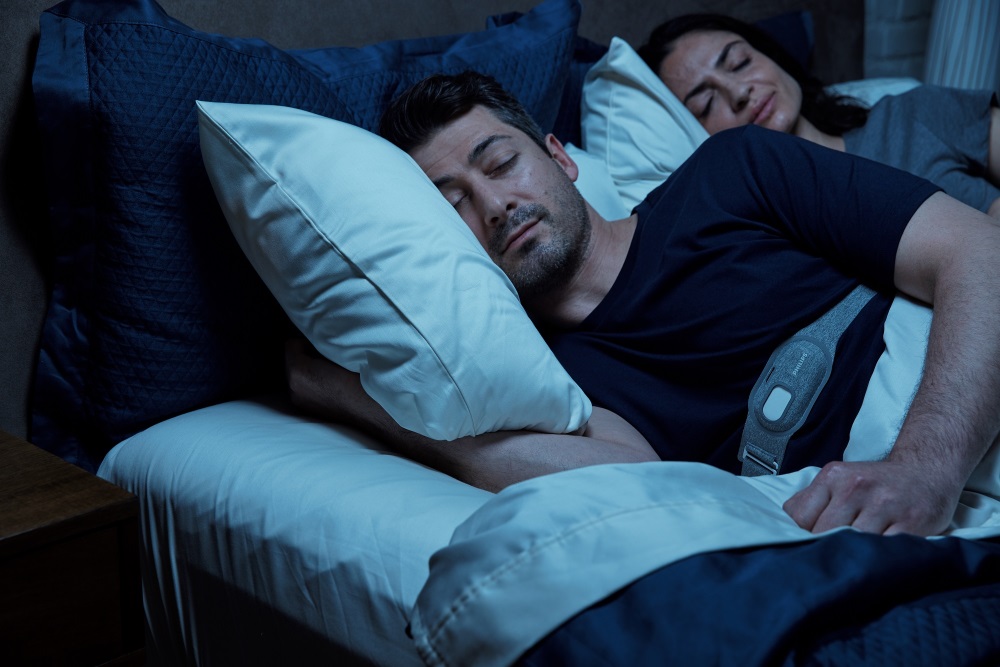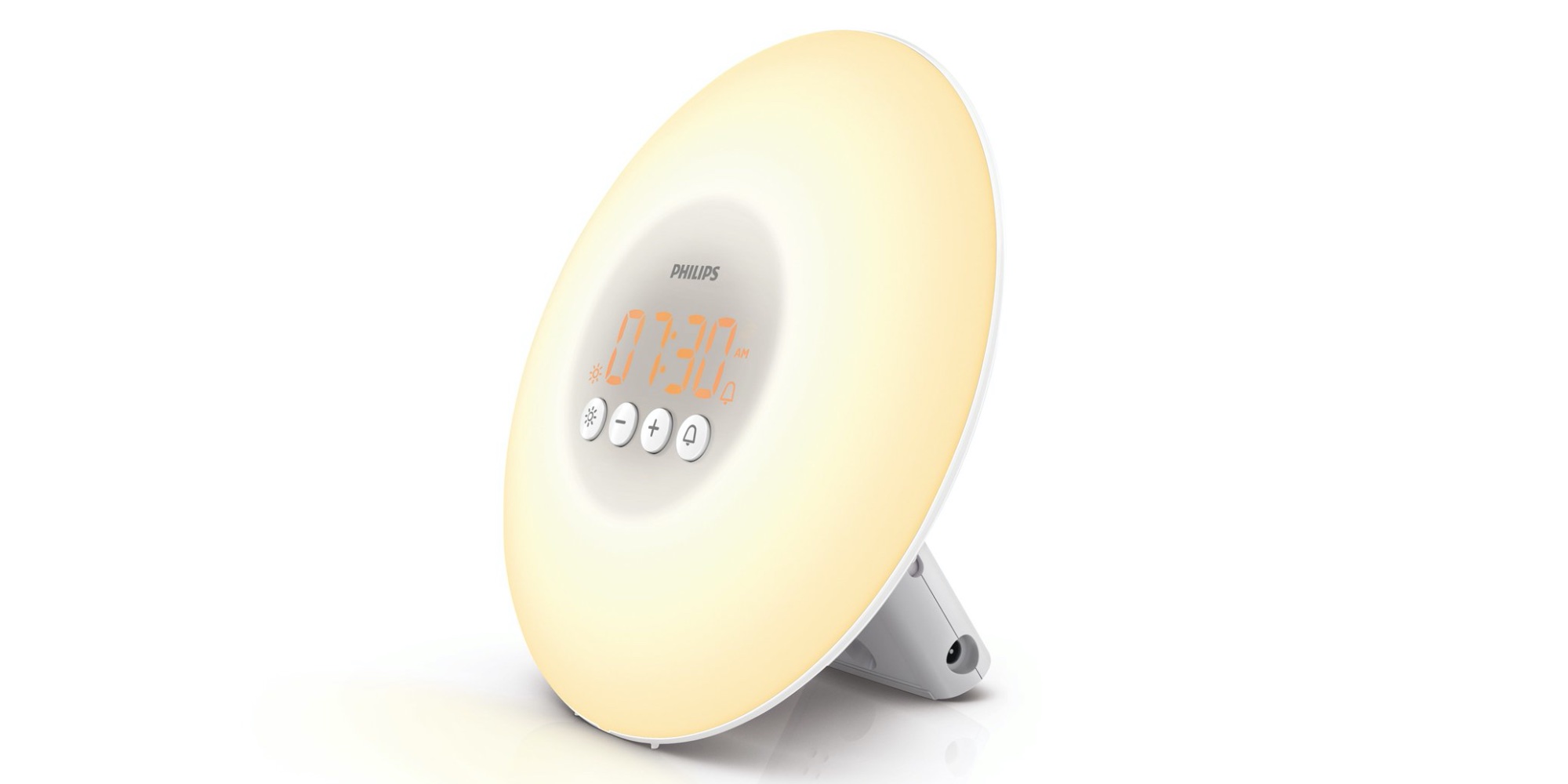

Jeff Chapin, Casper founder and product designer, told me that new moms have used it for middle-of-the-night feedings. Once you live with the Glow Light, you might discover other uses. Its lantern-like night-light came in handy the time my son yelled for me from his room at 4 a.m., as well as when he needed a lamp for his pillow fort. Later I’d move it to my living room, where I like to read before bed, and then onto my nightstand for waking me up in silence the next morning.

Come dusk, I’d place it on my son’s nightstand so that 30 minutes of reading became 30 minutes until the light went out. Unlike the Philips Hue Go, which looks like a bowl and begs to be held with two hands, the Glow Light is shaped to grab and go, which made it so useful in my household. Still, we love that the Glow Light is pleasingly intuitive-and it beats deciphering an instruction book and fumbling for buttons in the dark. Just for fun, you can also adjust it to glow in one of six different Gatorade-like colors in the dark-but only the white light works as an alarm light. On the plus side, you can use the clock as a reading light and program it to dim as you wind down and go to bed. I woke soon after the alarm, but presumably deeper sleepers have noted that the sound alarm shuts off too soon. Unlike with the Philips clocks, both the light and the sound stop (instead of just the sound) when you hit snooze at least one online reviewer disliked this, though my husband actually preferred it. The radio and its alarm rendition of Pachelbel’s Canon sounds tinny compared with our more-expensive picks, and the time display is less subtle, but set it to the bird chirping and ocean waves and turn the display off, and you should be fine. (We found similar flaws in the other under-$50 wake-up lights we tried.) You can also pair the light with one of its seven alarm tones (almost as many as on the Somneo at a fraction of the cost), including the radio. Even at its peak, the light doesn’t quite fill the room-it’s only 130 lux, compared with our main pick’s 300 and the entry-level Philips’s 200. Rather than simulating dawn or dusk, its white light simply grows from dim to bright within a 30-minute window-no fancy color nuances, and with a less gradual change than on our other picks. We also like that you can set multiple alarms during the week and that the sunset component comes with the option of several “wind down” routines, complete with calming sounds and (if you like) visual prompts to guide you in deep breathing. We think it’s the intuitive app that truly makes the upgrade worth it, allowing you to program your sunrise and sunset times and other features much more easily than navigating the buttons on the clock. It also has sensors that detect temperature and humidity, noise, and light levels (which post readings on its app), a built-in nightlight (just tap if you need it), and a USB port. But it offers more alarm sounds and a wider range of brightness levels and programmable sunrise nuances. The Philips SmartSleep Connected Sleep and Wake-Up Light (essentially the Bluetooth-connected version of the SmartSleep HF 3650, previously called the Somneo HF3650, our former upgrade pick) has many of the same features as our main pick, including a natural, red-tinted sunrise and sunset light. It’s for anyone who is eager to use their clock as an accessory for an entire sleep ritual.

I have it on a 15-minute timer that starts with a bright yellow light, fades to a fiery red, and then eases into blackness, which I finds helps calm me down so I can drift off-a feat nearly as hard as waking up.This upgrade isn’t for someone who is simply looking for a sunrise alarm clock to go to bed and wake up to. I also use my Philips Wake-up light to do the reverse: fall asleep. Plus, I can control it a whole lot better than I can the sun. So putting an electronic sunrise with programmable hues from deep orange to brilliant yellow near my bed is the next-best thing. But I don't have to wake up as early as the actual sunrise, and besides, I have a heavy curtain across my only window to block out train noise, and thus natural light. Despite our deeply screwed sleep schedules that twist to accommodate late-night news binges, early-morning work emails, and, you know, fun things too, we humans are biologically inclined to wake up with the sun. If you aren't familiar with Philips' wake-up lights, this is the basic concept: They combine an alarm clock with low-key light therapy to mimic a sunrise on your nightstand, gradually glowing stronger and stronger in the minutes leading up to your wake-up time. ' You'll wake up and fall asleep a lot more easily with light. You can program how long the wake-up light takes to brighten, and how bright it’ll get.


 0 kommentar(er)
0 kommentar(er)
